Introduction:
Earsonics is a France based professional audio company and the Velvet is their first signature series earphone.
The Velvet has quite a big body. I was worried that I would have an ergonomic problem in my ear when I first bought it, however I did not encounter any problems, even in 3 hours of listening. I just think that if you have smaller ears you can have trouble after prolonged listening.
Velvet has 3 balanced armature drivers inside. In addition, the largest armature driver I've seen so far. Giant armature drivers and circuit boards, looks full inside of the body. 2-Pin connectors are very solid. There is no looseness. There is 1 screw on the body. The place where the screw is located is slightly sharp when touching the nail, but it does not feel discomforting in the ear. I like the quality and ergonomics of the body.
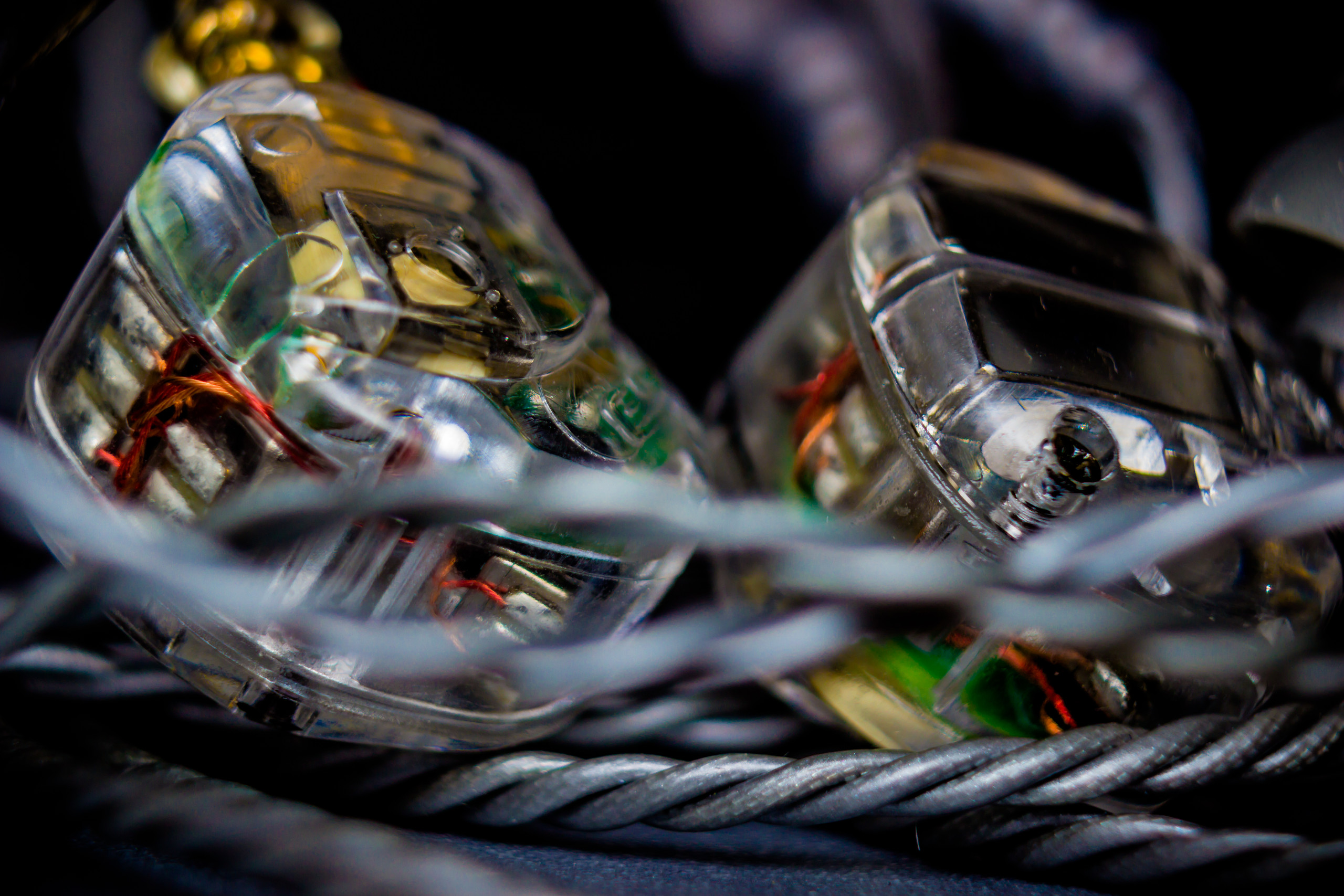
Technical Specs:
Driver: Triple Balanced Armature w/ 3-way Crossover
Imp: 31.5 Ω – 41.5 Ω
Sens: 116 dB
Freq: 10-20k Hz
Cable: 3.9′ L-plug
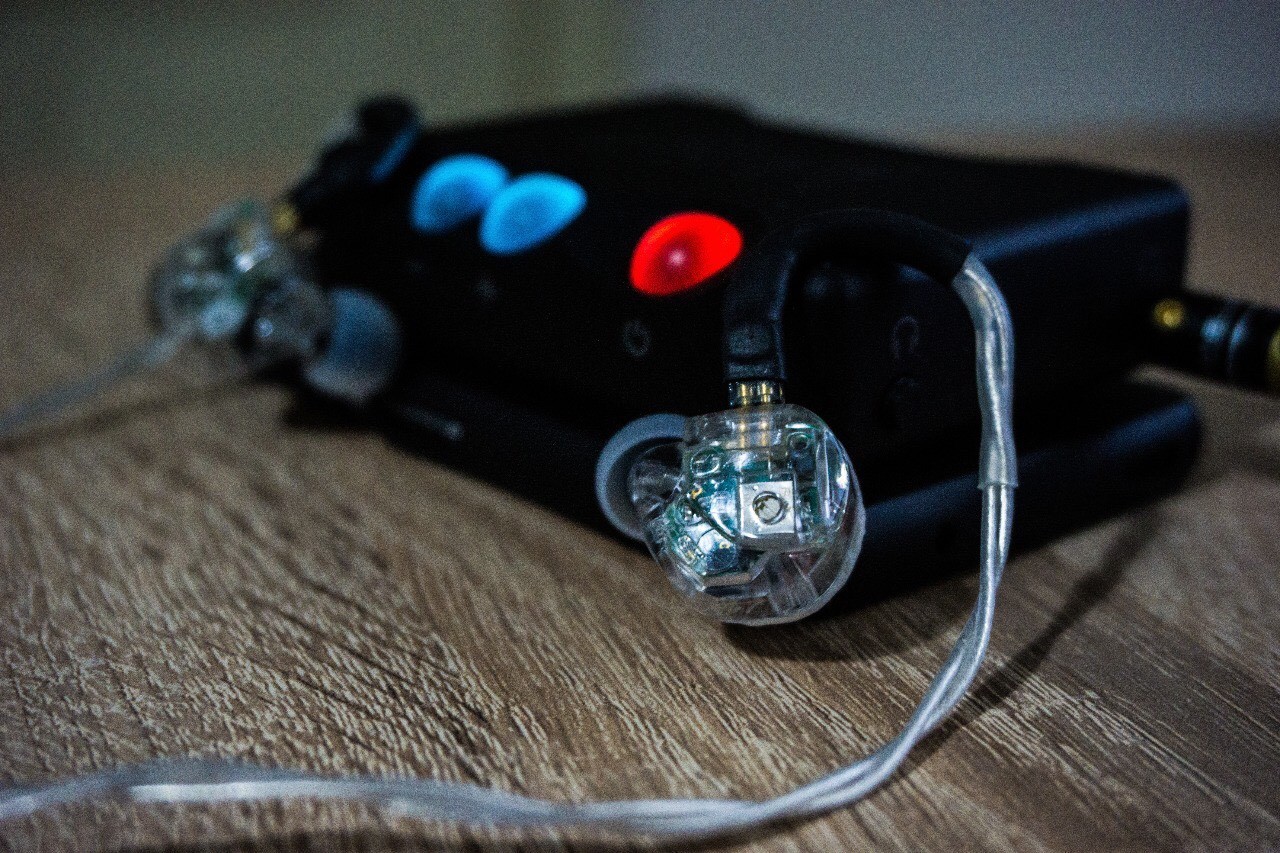
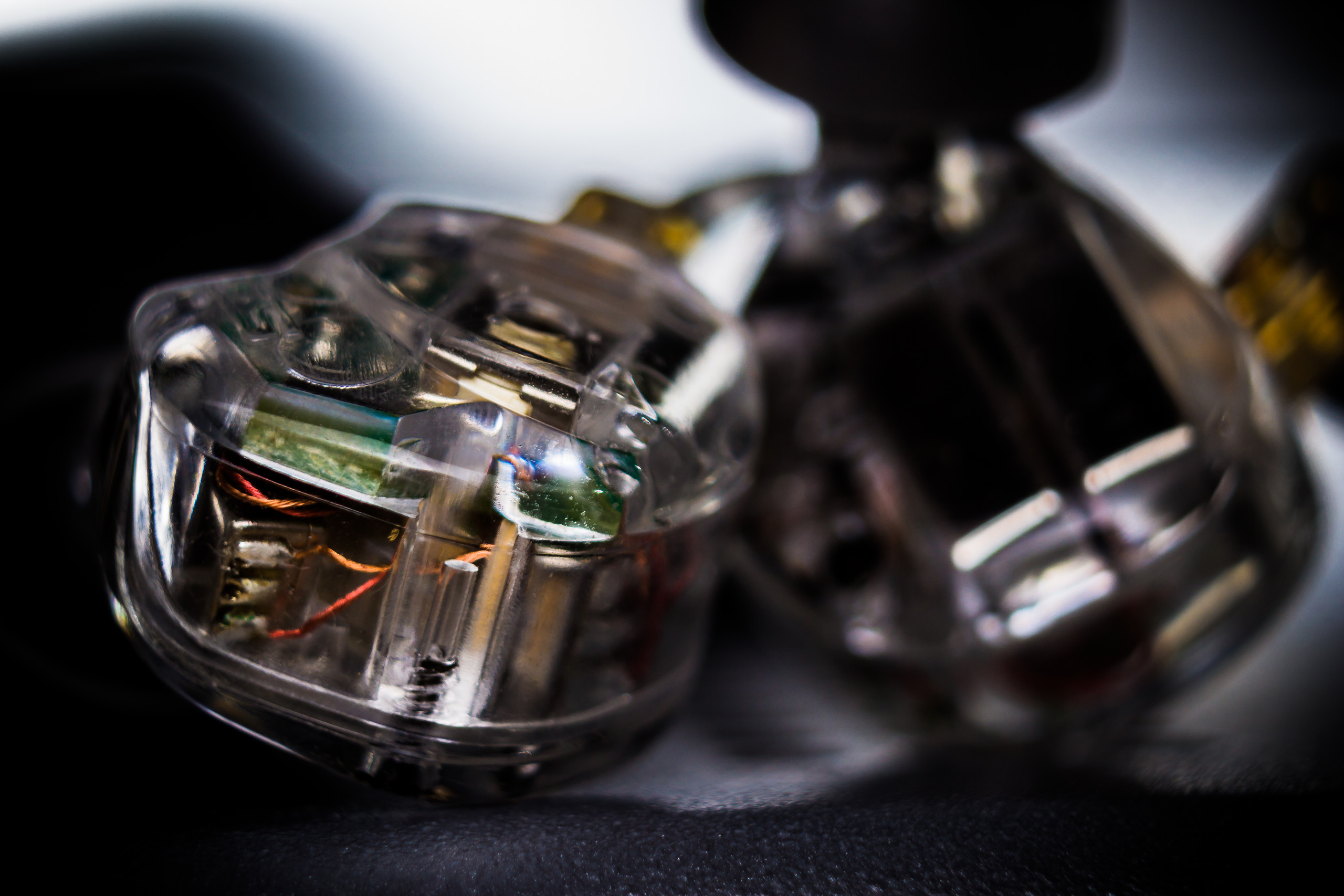
Inside of the Box;
The texture of the box is pleasantly soft. There are
4 Double Flange,
1 Small Double Flange
1 Fat Silicone tip,
1 carrying case,
1 pot screwdriver,
Cleaning wet wipe
6,3 mm jack.
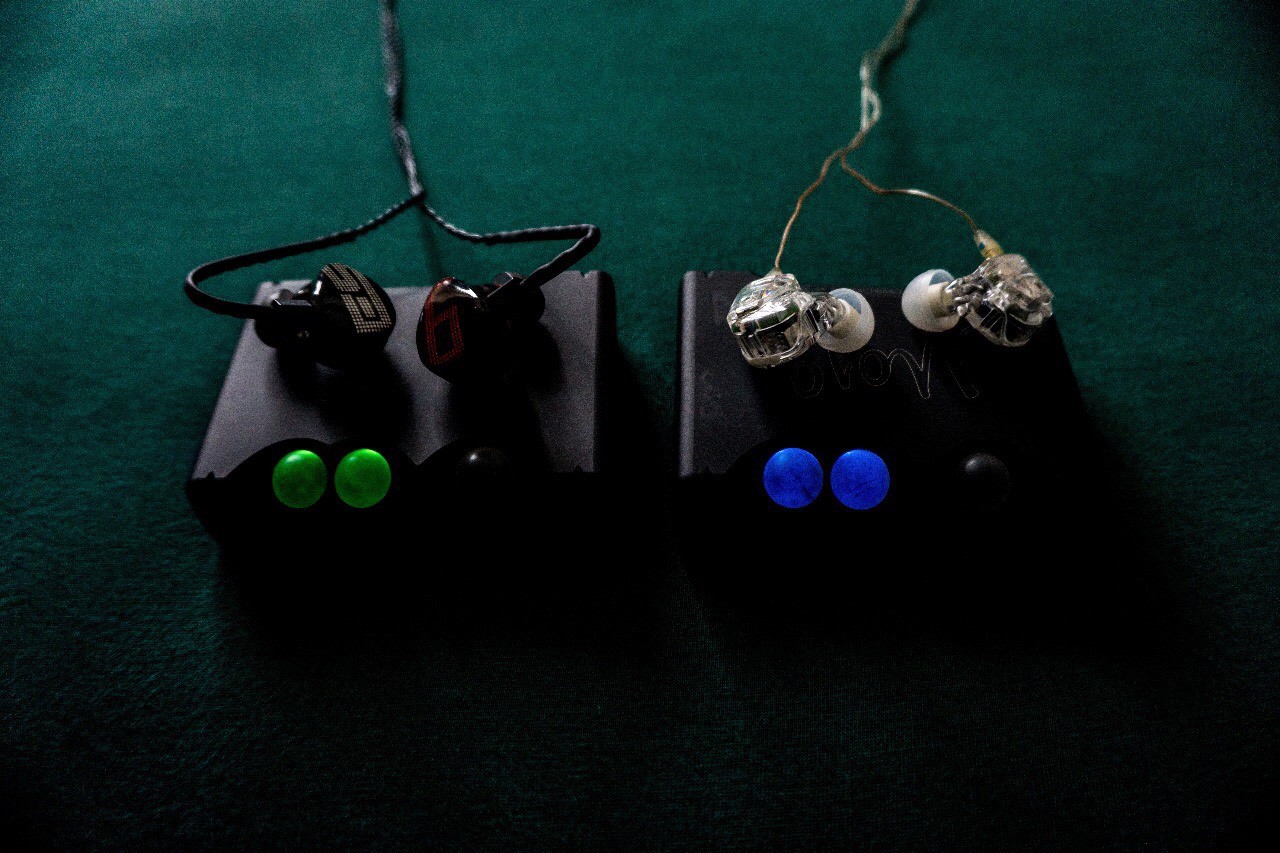
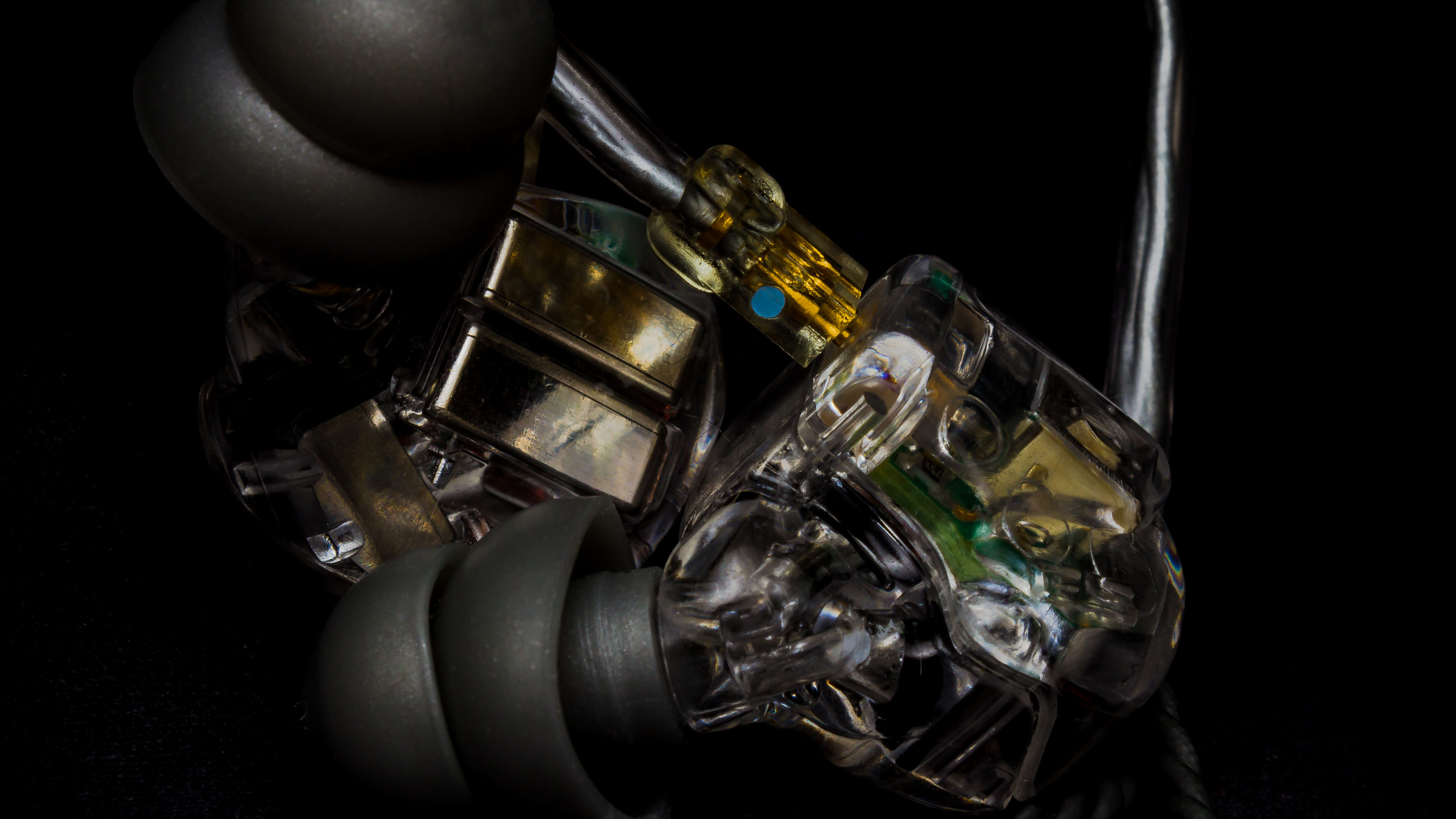
Isolation:
I liked isolation of the Velvet with the double flange tips. It also provides a very good isolation when combined with the big size of body. It has also good isolation to the outside. As far as I can remember, this is slightly better than the SE846 and UMPRo30.
Bass:
Velvet came to me with warm mode as a factory setting and I started to listen to it with Warm mode. Before listening, I was curious about the bass and I started to listen to the Day Din - Halkidiki (Zonka Remix) to PSY Trance song. There's a very strong bass entry in the 55th second of the track, and the first time I heard it, I don’t want to exaggerate, but I'm a little bit "shocked". I was so surprised, I didn’t expect such a powerful bass, as the bass burst into the deep, creating explosions in my ear. I am a bit surprised by this bass. Bass is really as strong as I can not compare it with any balanced armature IEM I have heard so far.
The Velvet bass is not uncontrollable, even though it has high bass power, and is not bleeding to the mid area. Some bad recordings can be a bit muddy and loss of detail.
Velvet bass is not dry like regular balanced armature drivers. There is no such thing as a slowness in the fast parts or a hunch in one hit in the fast pace.
Despite all these massive bass, I found it a bit unnatural. Even though such intense bass does not create imbalance in the mid-range, it makes me feel that I can hear a bit more than the existing bass, because it dominates the general air of music. This is a good thing for EDM or R&B music, the bass spreads all over, but other genres can be tiring from some angles as well. Balanced and tight mode is more natural than the Warm one.
Warm mode is not suitable for users who like balanced and natural sound. Someone who does not like bass can hate the Velvet with this mode. However, users who love bass can fall in love with Warm mode of Velvet.
Mids:
Mids quite laid back. As the stage is wide, the feeling of mids is presented in a wide area. Since Velvet is not mid-focused (at least with warm mode), the vocal doesn’t feel like singing in your face. But it still doesn’t too far. In fact, vocal distance can be change with the source. When I listened with AK120, vocals feels closer than my LPG and iPhone. But when I listened with LPG, the vocals were located in a little bit far.
My complaint is the mid-bass. It’s a bit weak, which has a little effect on the overall sound. Especially men’s vocals feels a little bit thin.
Although the Velvet is also in warm mode, it doesn’t have such a dark atmosphere. I mean, it's definitely a warm but it's not curtained and dark. I like the level of resolution in the mids.
Treble:
Despite the warm mode, the treble is not laid back. The resolution level is also quite high. I noticed when I heard first time. I hear air and details in the music with excellent extension.
The trebles don’t mix with fast passage, even at high volume. The speed and detail of the treble is very good. It has enough level of speed. Guitars have a nice extension and decay to them, as do cymbals.
I listened Tina Turner - Steamy Window and I really liked the timbre and cymbals. There is absolutely no peaking of treble. I've never heard of sibilance even though I've been listening to all kinds of tracks. The treble is very controlled.
Soundstage:
The soundstage is really wide. I don’t have IE800 anymore but it is exactly as same as I remember. It is much more spacious than SE846. The 3D feeling depth and width are both impressive.
Conclusion:
Velvet is a very impressive earphone and we can call All-Rounder. The level of instrument layering and imaging is really good. If you are looking for EDM earphones with balanced armature, I highly recommended it. With a lot of bass and a lot of "bass head" users will be happy too. It has a high power, resolution and detailed presentation that should definitely not be ignored in this price range.
Earsonics is a France based professional audio company and the Velvet is their first signature series earphone.
The Velvet has quite a big body. I was worried that I would have an ergonomic problem in my ear when I first bought it, however I did not encounter any problems, even in 3 hours of listening. I just think that if you have smaller ears you can have trouble after prolonged listening.
Velvet has 3 balanced armature drivers inside. In addition, the largest armature driver I've seen so far. Giant armature drivers and circuit boards, looks full inside of the body. 2-Pin connectors are very solid. There is no looseness. There is 1 screw on the body. The place where the screw is located is slightly sharp when touching the nail, but it does not feel discomforting in the ear. I like the quality and ergonomics of the body.

Technical Specs:
Driver: Triple Balanced Armature w/ 3-way Crossover
Imp: 31.5 Ω – 41.5 Ω
Sens: 116 dB
Freq: 10-20k Hz
Cable: 3.9′ L-plug


Inside of the Box;
The texture of the box is pleasantly soft. There are
4 Double Flange,
1 Small Double Flange
1 Fat Silicone tip,
1 carrying case,
1 pot screwdriver,
Cleaning wet wipe
6,3 mm jack.


Isolation:
I liked isolation of the Velvet with the double flange tips. It also provides a very good isolation when combined with the big size of body. It has also good isolation to the outside. As far as I can remember, this is slightly better than the SE846 and UMPRo30.
Bass:
Velvet came to me with warm mode as a factory setting and I started to listen to it with Warm mode. Before listening, I was curious about the bass and I started to listen to the Day Din - Halkidiki (Zonka Remix) to PSY Trance song. There's a very strong bass entry in the 55th second of the track, and the first time I heard it, I don’t want to exaggerate, but I'm a little bit "shocked". I was so surprised, I didn’t expect such a powerful bass, as the bass burst into the deep, creating explosions in my ear. I am a bit surprised by this bass. Bass is really as strong as I can not compare it with any balanced armature IEM I have heard so far.
The Velvet bass is not uncontrollable, even though it has high bass power, and is not bleeding to the mid area. Some bad recordings can be a bit muddy and loss of detail.
Velvet bass is not dry like regular balanced armature drivers. There is no such thing as a slowness in the fast parts or a hunch in one hit in the fast pace.
Despite all these massive bass, I found it a bit unnatural. Even though such intense bass does not create imbalance in the mid-range, it makes me feel that I can hear a bit more than the existing bass, because it dominates the general air of music. This is a good thing for EDM or R&B music, the bass spreads all over, but other genres can be tiring from some angles as well. Balanced and tight mode is more natural than the Warm one.
Warm mode is not suitable for users who like balanced and natural sound. Someone who does not like bass can hate the Velvet with this mode. However, users who love bass can fall in love with Warm mode of Velvet.
Mids:
Mids quite laid back. As the stage is wide, the feeling of mids is presented in a wide area. Since Velvet is not mid-focused (at least with warm mode), the vocal doesn’t feel like singing in your face. But it still doesn’t too far. In fact, vocal distance can be change with the source. When I listened with AK120, vocals feels closer than my LPG and iPhone. But when I listened with LPG, the vocals were located in a little bit far.
My complaint is the mid-bass. It’s a bit weak, which has a little effect on the overall sound. Especially men’s vocals feels a little bit thin.
Although the Velvet is also in warm mode, it doesn’t have such a dark atmosphere. I mean, it's definitely a warm but it's not curtained and dark. I like the level of resolution in the mids.
Treble:
Despite the warm mode, the treble is not laid back. The resolution level is also quite high. I noticed when I heard first time. I hear air and details in the music with excellent extension.
The trebles don’t mix with fast passage, even at high volume. The speed and detail of the treble is very good. It has enough level of speed. Guitars have a nice extension and decay to them, as do cymbals.
I listened Tina Turner - Steamy Window and I really liked the timbre and cymbals. There is absolutely no peaking of treble. I've never heard of sibilance even though I've been listening to all kinds of tracks. The treble is very controlled.
Soundstage:
The soundstage is really wide. I don’t have IE800 anymore but it is exactly as same as I remember. It is much more spacious than SE846. The 3D feeling depth and width are both impressive.
Conclusion:
Velvet is a very impressive earphone and we can call All-Rounder. The level of instrument layering and imaging is really good. If you are looking for EDM earphones with balanced armature, I highly recommended it. With a lot of bass and a lot of "bass head" users will be happy too. It has a high power, resolution and detailed presentation that should definitely not be ignored in this price range.





 You have to keep in mind that you would have to get a good DAP do properly drive them.
You have to keep in mind that you would have to get a good DAP do properly drive them.












